
Carolyn Gramling is the Earth & Climate writer at Science News. Previously she worked at Science magazine for six years, both as a reporter covering paleontology and polar science and as the editor of the news in brief section. Before that she was a reporter and editor at EARTH magazine. She has bachelor’s degrees in Geology and European History and a Ph.D. in marine geochemistry from MIT and the Woods Hole Oceanographic Institution. She’s also a former Science News intern.

Trustworthy journalism comes at a price.
Scientists and journalists share a core belief in questioning, observing and verifying to reach the truth. Science News reports on crucial research and discovery across science disciplines. We need your financial support to make it happen – every contribution makes a difference.
All Stories by Carolyn Gramling
-
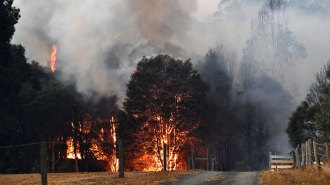 Climate
ClimateAustralian fires in 2019–2020 had even more global reach than previously thought
Recent devastating wildfires in Australia added vast amounts of carbon dioxide to the air and triggered blooms of marine algae in the Southern Ocean.
-
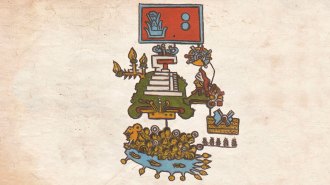 Earth
EarthThis pictogram is one of the oldest known accounts of earthquakes in the Americas
The Telleriano-Remensis, a famous codex written by a pre-Hispanic civilization, describes 12 quakes that rocked the Americas from 1460 to 1542.
-
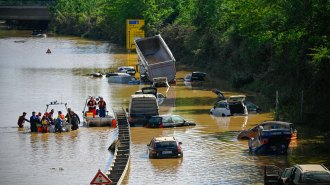 Climate
ClimateClimate change made Europe’s flash floods in July more likely
The deadly July floods in Belgium and Germany bear the fingerprints of human-caused climate change, scientists say.
-
 Earth
EarthHaiti’s citizen seismologists helped track its devastating quake in real time
Two scientists explain how citizen scientists and their work could help provide a better understanding of Haiti’s seismic hazards.
-
 Climate
ClimateThe new UN climate change report shows there’s no time for denial or delay
Human-caused climate change is unequivocally behind extreme weather events from heat waves to floods to droughts, a massive new assessment concludes.
-
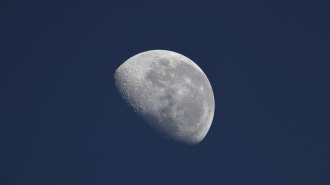 Space
SpaceA lunar magnetic field may have lasted for only a short time
New analyses of Apollo-era lunar rocks suggest that any magnetosphere that the moon ever had endured for no more than 500 million years.
-
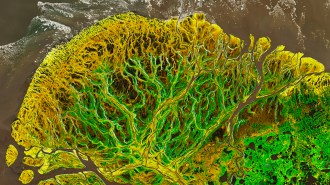 Climate
ClimateA stunning visualization of Alaska’s Yukon Delta shows a land in transition
Water and ice helped form the Yukon River’s delta. Now, climate change is reshaping it.
-
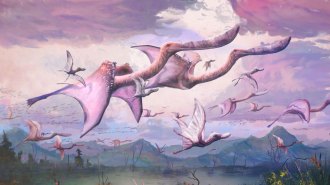 Paleontology
PaleontologyPterosaurs may have been able to fly as soon as they hatched
A fossil analysis shows the flying reptile hatchlings had a stronger bone crucial for lift-off that adults and shorter, broader wings for agility.
-
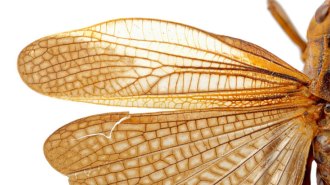 Paleontology
PaleontologyInsects had flashy, noise-making wings as early as 310 million years ago
The structure of a grasshopper-like insect’s fossilized wing suggests it crackled and reflected light, perhaps to attract mates or warn off predators.
-
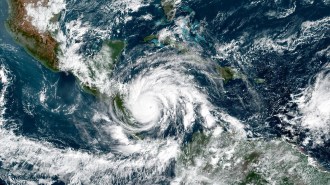 Climate
ClimateHurricanes may not be becoming more frequent, but they’re still more dangerous
A new study suggests that there aren’t more hurricanes now than there were roughly 150 years ago.
-
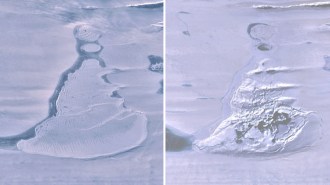 Earth
EarthSatellites show how a massive lake in Antarctica vanished in days
Within six days, an Antarctic lake with twice the volume of San Diego Bay drained away, leaving a deep sinkhole filled with fractured ice.
-
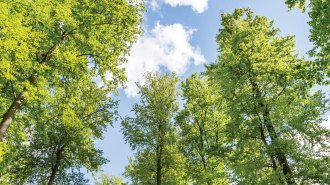 Environment
EnvironmentWhy planting tons of trees isn’t enough to solve climate change
Massive projects need much more planning and follow-through to succeed – and other tree protections need to happen too.